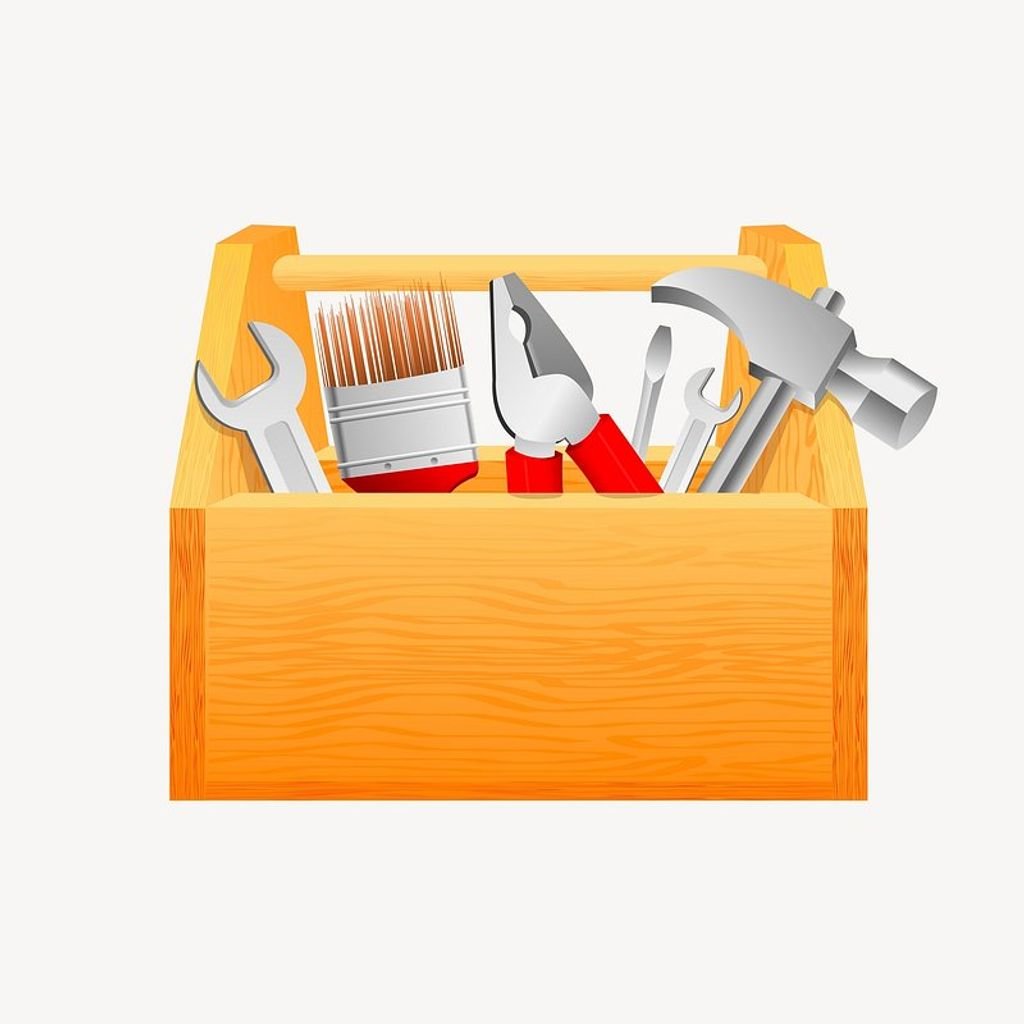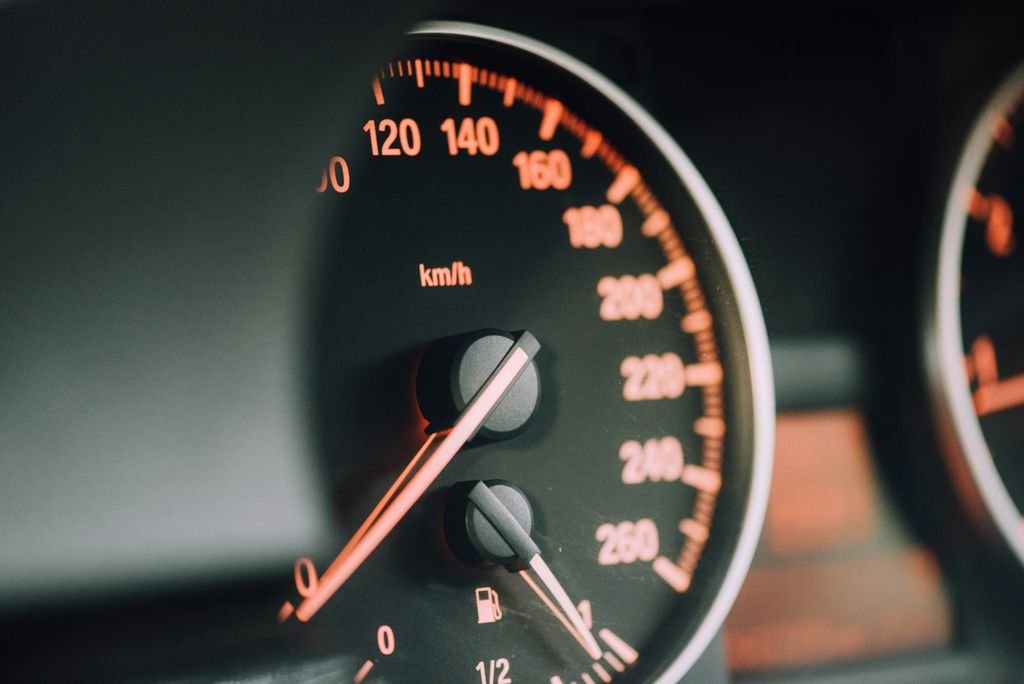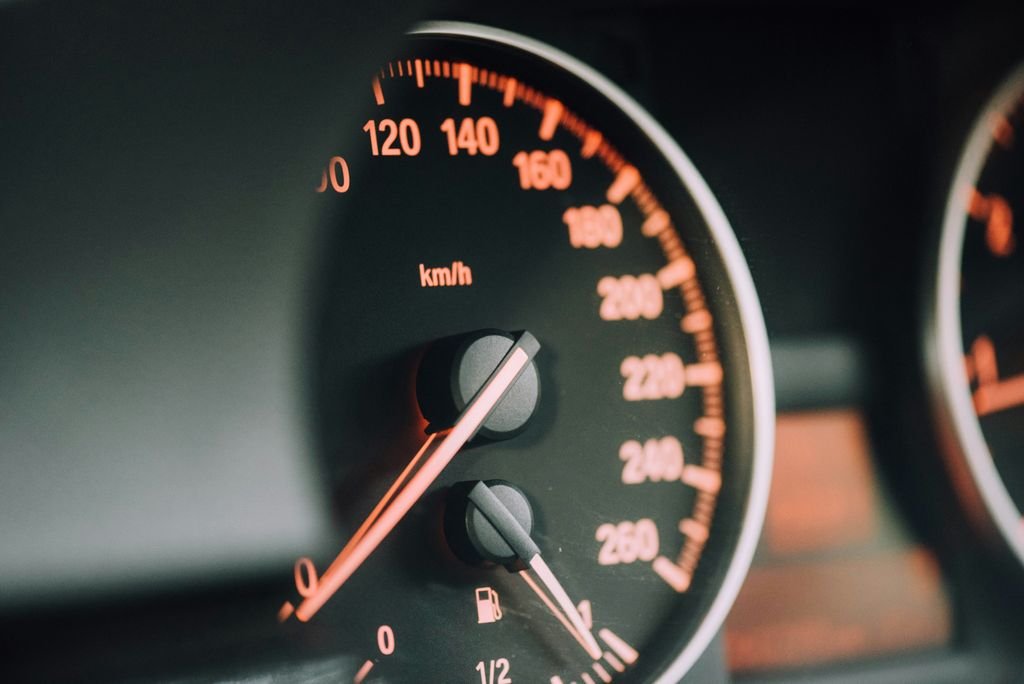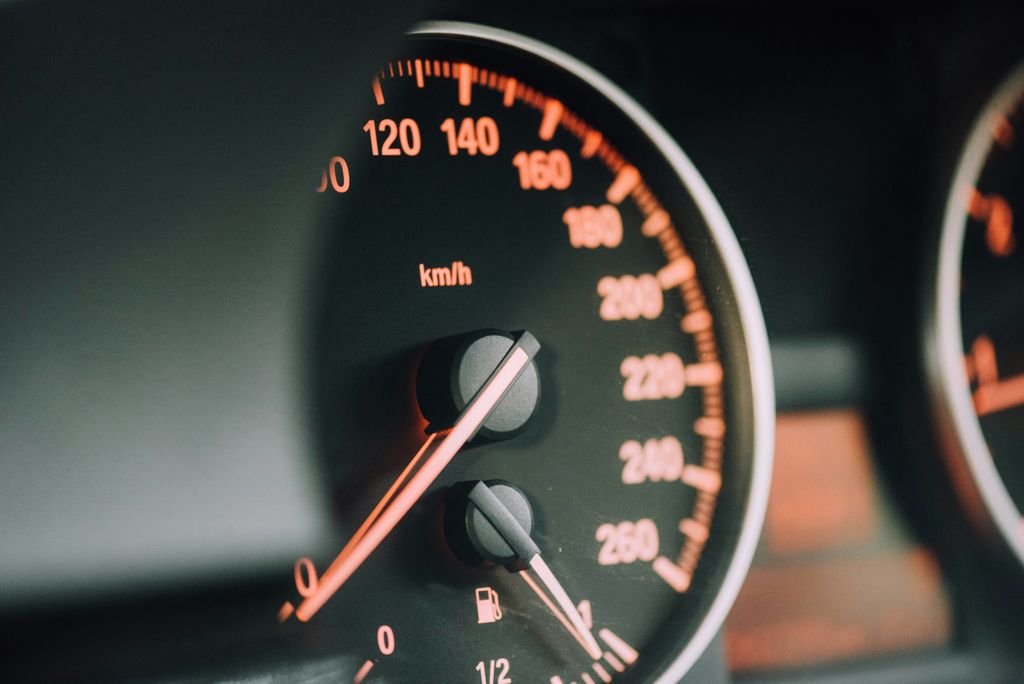Car maintenance is an essential part of owning a vehicle. Whether you are a beginner or an experienced car owner, having the right tools is crucial for performing basic maintenance tasks. In this article, we will discuss the basic tools, specialized tools, safety tools, and electrical tools that every car owner should have. By having these tools on hand, you can save time and money by performing simple maintenance tasks yourself. Let’s dive in!
Key Takeaways
- Having the right tools is crucial for performing car maintenance tasks.
- Basic tools like screwdrivers, pliers, wrenches, and socket sets are essential for general maintenance.
- Specialized tools like oil filter wrenches, spark plug sockets, brake caliper tools, and diagnostic scanners are needed for specific tasks.
- Safety tools like jack stands, safety glasses, gloves, and fire extinguishers are important for protecting yourself during maintenance.
- Electrical tools like multimeters, wire strippers, circuit testers, and battery chargers are necessary for electrical repairs and maintenance.
Basic Tools for Car Maintenance
Screwdrivers
Screwdrivers are essential tools for car maintenance. They are used for tightening or loosening screws and bolts. Having a variety of screwdriver sizes and types is important to ensure you have the right tool for the job. Flathead screwdrivers are commonly used for screws with a single slot, while Phillips screwdrivers are used for screws with a cross-shaped slot. Torx screwdrivers are used for screws with a star-shaped slot. It is important to use the correct screwdriver to avoid damaging the screw or bolt.
When using a screwdriver, make sure to apply steady pressure and turn it in the correct direction. Clockwise rotation tightens the screw, while counterclockwise rotation loosens it. It is also important to use the appropriate amount of force to avoid stripping the screw or damaging the surrounding material.
Here is a table summarizing the different types of screwdrivers and their uses:
| Screwdriver Type | Use |
|---|---|
| Flathead | Single slot screws |
| Phillips | Cross-shaped slot screws |
| Torx | Star-shaped slot screws |
Pliers
Pliers are versatile tools that are commonly used in car maintenance. They are designed to provide a strong grip and leverage for various tasks. Grip strength is an important factor when choosing pliers, as it determines how well they can hold onto objects.
There are different types of pliers available for different purposes. Some common types include needle-nose pliers, slip-joint pliers, and locking pliers. Needle-nose pliers have long, narrow jaws that are ideal for reaching into tight spaces. Slip-joint pliers have an adjustable pivot point, allowing them to be used for different sizes of nuts and bolts. Locking pliers have a mechanism that allows them to lock onto objects, providing a secure grip.
When using pliers, it’s important to follow some safety precautions. Always wear safety glasses to protect your eyes from flying debris. Additionally, using gloves can provide a better grip and protect your hands from sharp edges.
Here are some common tasks that can be performed using pliers:
- Bending and shaping wires: Pliers are commonly used for electrical work, such as bending and shaping wires.
- Removing or installing fasteners: Pliers can be used to remove or install various types of fasteners, such as nuts, bolts, and clips.
- Holding and gripping objects: Pliers provide a strong grip, making them useful for holding and gripping objects securely.
Tip: When using pliers, make sure to choose the right type for the task at hand and always use them with caution to avoid injury.
Wrenches
Wrenches are essential tools for car maintenance. They are used to tighten or loosen nuts and bolts. There are different types of wrenches available, such as adjustable wrenches, combination wrenches, and socket wrenches. Each type of wrench has its own specific use and size range. It is important to use the correct size wrench for the job to avoid damaging the fasteners or the wrench itself.
When using a wrench, make sure to apply force in the correct direction. Turning the wrench counterclockwise loosens the fastener, while turning it clockwise tightens the fastener. It is also important to use the appropriate amount of force to avoid over-tightening or under-tightening the fasteners.
Remember to always keep your wrenches clean and in good condition. Regularly inspect them for any signs of wear or damage, and replace them if necessary. Proper maintenance of your wrenches will ensure their longevity and effectiveness in your car maintenance tasks.
Socket Set
A socket set is an essential tool for car maintenance. It consists of a variety of sockets and ratchets that allow you to tighten or loosen bolts and nuts with ease. The sockets come in different sizes to fit different fasteners, and the ratchets provide the necessary leverage to apply the required torque. With a socket set, you can quickly and efficiently work on various parts of your car, such as the engine, suspension, and brakes.
Here is a table showcasing the different types of sockets commonly found in a socket set:
| Socket Type | Description |
|---|---|
| Deep Socket | Designed for reaching fasteners in tight spaces. |
| Impact Socket | Designed to withstand high torque applications. |
| Universal Socket | Can fit both metric and standard fasteners. |
Having a socket set in your car maintenance toolkit ensures that you have the right tool for the job and can tackle a wide range of repair and maintenance tasks.
Tip: Always use the correct size socket to avoid damaging the fasteners or the socket itself.
Specialized Tools for Car Maintenance
Oil Filter Wrench
An oil filter wrench is a must-have tool for changing the oil filter in your car. It is designed to grip and loosen the oil filter, making it easier to remove. Using an oil filter wrench ensures a secure grip, preventing any damage to the filter or the surrounding components.
When choosing an oil filter wrench, consider the size and type of filter you will be working with. There are different styles of oil filter wrenches available, including strap wrenches, socket wrenches, and claw wrenches. Make sure to select the right wrench that fits your specific filter.
Here are some key points to remember when using an oil filter wrench:
- Always use the correct size wrench for your filter to avoid slippage or damage.
- Before removing the filter, make sure to drain the oil completely.
- Apply a small amount of oil to the rubber gasket of the new filter before installation.
Using an oil filter wrench makes the task of changing the oil filter much easier and ensures a proper seal when installing the new filter.
Spark Plug Socket
A spark plug socket is a specialized tool used for removing and installing spark plugs in a car’s engine. It is designed to fit over the spark plug and provide a secure grip for easy removal or installation.
Using a spark plug socket is essential for maintaining the performance and efficiency of your car’s engine. Here are a few key points to keep in mind when using a spark plug socket:
- Make sure to use the correct size spark plug socket for your car’s spark plugs. Using the wrong size socket can damage the spark plug or the socket itself.
- Before removing the spark plug, make sure the engine is cool to avoid burning yourself.
- When installing a new spark plug, make sure to tighten it to the manufacturer’s recommended torque specification.
Remember to always follow the manufacturer’s instructions and take necessary safety precautions when working with spark plugs and other car maintenance tools.
Tip: Regularly inspect and replace spark plugs as part of your car’s maintenance routine to ensure optimal engine performance.
Brake Caliper Tool
A brake caliper tool is an essential tool for car maintenance, specifically for working on the brake system. It is used to compress the brake caliper piston back into its housing when replacing brake pads or rotors. This tool ensures that the caliper piston is properly aligned and allows for easy installation of new brake components.
When using a brake caliper tool, it is important to follow the manufacturer’s instructions and use the correct size adapter for your vehicle’s caliper. Using the wrong size adapter can damage the caliper or result in improper brake function.
In addition to compressing the caliper piston, some brake caliper tools also have features for rotating the piston, which is necessary for vehicles with integrated parking brake systems.
Remember to always wear safety glasses and gloves when working with brake components to protect yourself from injury.
Overall, a brake caliper tool is a must-have tool for any DIY car enthusiast or professional mechanic working on brake maintenance and repairs.
Diagnostic Scanner
A diagnostic scanner is an essential tool for car maintenance. It is used to diagnose and troubleshoot problems in a vehicle’s electronic systems. With a diagnostic scanner, mechanics can read error codes, view live data, and perform various tests to identify issues with the engine, transmission, ABS, airbags, and other systems.
Using a diagnostic scanner is relatively easy. Simply connect the scanner to the OBD-II port in the car, which is usually located under the dashboard. Once connected, the scanner will communicate with the car’s computer and retrieve information about any detected problems.
Some advanced diagnostic scanners also offer additional features like resetting service lights, programming keys, and performing software updates.
Overall, a diagnostic scanner is a valuable tool that helps mechanics quickly and accurately diagnose car problems, saving time and money for both the mechanic and the car owner.
Safety Tools for Car Maintenance
Jack Stands
When working on your car, it’s important to prioritize safety. Jack stands are an essential tool for providing stability and support while you work underneath your vehicle. These sturdy devices are designed to hold the weight of your car, preventing it from falling or shifting. Using jack stands is crucial to prevent accidents and injuries.
To properly use jack stands, follow these steps:
- Position your car: Park your car on a flat, level surface and engage the parking brake.
- Locate the jack points: Refer to your car’s manual to identify the designated jack points.
- Lift the car: Use a hydraulic jack to lift the car at the designated jack points.
- Place the jack stands: Once the car is lifted, carefully position the jack stands under the vehicle’s frame or designated support points.
- Lower the car: Slowly lower the car onto the jack stands, ensuring that it is securely resting on them.
Remember, never rely solely on a jack to support your car. Always use jack stands for added safety.
Tip: Double-check that the jack stands are properly positioned and secure before starting any work under your car.
Safety Glasses
Safety glasses are an essential safety tool for car maintenance. They provide protection for your eyes from flying debris, chemicals, and other hazards that may be encountered while working on your car. It is important to wear safety glasses whenever you are performing any maintenance or repair tasks on your vehicle.
When choosing safety glasses, look for ones that meet the ANSI Z87.1 standard, which ensures they provide adequate protection. Additionally, consider getting safety glasses with anti-fog coating to prevent fogging up, especially in humid or hot conditions.
Remember, your eyes are precious, and wearing safety glasses can help prevent serious eye injuries while working on your car.
Gloves
When working on your car, it is important to protect your hands with gloves. Gloves provide a barrier between your skin and any chemicals or sharp objects that you may come into contact with. They also help to prevent cuts, scrapes, and burns. It is recommended to use gloves that are specifically designed for automotive work, as they are often made from durable materials that can withstand the demands of car maintenance.
Using gloves can also help to improve your grip and dexterity when handling tools and parts. This can make it easier to perform tasks accurately and safely. Additionally, gloves can provide insulation against hot or cold surfaces, which can be especially useful when working on the engine or exhaust system.
Remember to always wear gloves when working on your car to protect your hands and ensure a safe and comfortable working environment.
Fire Extinguisher
A fire extinguisher is an essential safety tool to have in your car. It can help you quickly and effectively extinguish small fires that may occur while you are on the road. In case of an emergency, having a fire extinguisher can prevent a small fire from spreading and causing further damage.
It is important to choose a fire extinguisher that is suitable for automotive use. Look for one that is compact, easy to use, and has a rating suitable for extinguishing different types of fires, such as Class A, B, and C fires.
Remember to check the pressure gauge on your fire extinguisher regularly to ensure it is still in good working condition. If the gauge shows that the pressure is low, it may need to be recharged or replaced.
In addition to having a fire extinguisher, it is also important to know how to use it properly. Familiarize yourself with the instructions and practice using the extinguisher before an emergency situation arises.
Stay safe on the road by always having a fire extinguisher in your car.
Electrical Tools for Car Maintenance
Multimeter
A multimeter is a versatile tool used for electrical troubleshooting and measurement. It is an essential tool for car maintenance, especially when dealing with electrical systems. With a multimeter, you can measure voltage, current, and resistance in various components of your car’s electrical system.
Here are some common uses of a multimeter in car maintenance:
- Testing the battery voltage to determine if it needs to be charged or replaced.
- Checking the continuity of wires and fuses to identify any breaks or faults.
- Measuring the resistance of spark plugs to ensure they are functioning properly.
- Troubleshooting electrical issues by measuring voltage drops across different components.
Remember to always follow safety precautions when using a multimeter, such as wearing safety glasses and gloves, and ensuring the car’s electrical system is turned off before making any measurements.
Tip: When using a multimeter, start with the highest range and gradually decrease it to avoid damaging the tool or getting inaccurate readings.
Wire Strippers
Wire strippers are an essential tool for any electrical work on your car. They are used to remove the insulation from electrical wires, allowing you to make proper connections. When choosing wire strippers, look for ones that have multiple size options to accommodate different wire gauges. It’s important to use the correct size setting to avoid damaging the wire.
In addition to stripping wires, some wire strippers also have built-in cutting and crimping functions, making them versatile tools for various electrical tasks. These multi-purpose wire strippers can save you time and effort by eliminating the need for multiple tools.
When using wire strippers, it’s important to follow safety precautions. Always wear safety glasses to protect your eyes from flying debris. Additionally, make sure to handle the wires carefully to avoid any accidental cuts or injuries.
Remember, proper wire stripping is crucial for ensuring reliable electrical connections in your car’s electrical system.
Circuit Tester
A circuit tester is an essential tool for car maintenance. It is used to test electrical circuits and diagnose electrical problems in a vehicle. With a circuit tester, you can check if there is power flowing through a circuit, identify faulty wiring, and locate short circuits. This tool is especially useful when troubleshooting issues with the car’s electrical system.
When using a circuit tester, it is important to follow safety precautions. Make sure the vehicle’s ignition is off and the circuit you are testing is not live. Always wear safety glasses and gloves to protect yourself from any potential electrical hazards.
To use a circuit tester, simply connect the tester’s probe to a ground source, such as the vehicle’s chassis, and touch the probe to the circuit you want to test. The tester will indicate whether there is power in the circuit or not.
Remember, a circuit tester is a valuable tool for any car owner or DIY enthusiast who wants to troubleshoot electrical issues in their vehicle.
Battery Charger
A battery charger is an essential tool for car maintenance. It is used to recharge the car battery when it is low or dead. Proper battery maintenance is crucial for the longevity and performance of your vehicle. Here are some important points to keep in mind:
- When using a battery charger, always follow the manufacturer’s instructions to ensure safe and effective charging.
- Make sure to connect the charger to the correct terminals on the battery. The positive terminal is usually marked with a plus sign (+), and the negative terminal is marked with a minus sign (-).
- It is recommended to use a charger with a built-in safety feature that prevents overcharging.
Tip: Regularly checking and charging your car battery can help prevent unexpected breakdowns and extend its lifespan.
Remember to handle the battery charger with care and store it in a safe place when not in use.
Conclusion
In conclusion, having the right tools is essential for maintaining your car and ensuring its longevity. By investing in high-quality tools and regularly performing basic maintenance tasks, you can save money on repairs and keep your car running smoothly. Remember to always follow the manufacturer’s guidelines and consult a professional if you are unsure about any maintenance procedures. With the right tools and knowledge, you can become a confident car owner and take pride in keeping your vehicle in top condition.
Frequently Asked Questions
How often should I change my car’s oil?
It is recommended to change your car’s oil every 3,000 to 5,000 miles or as specified in your vehicle’s owner’s manual.
How often should I replace my car’s air filter?
It is recommended to replace your car’s air filter every 12,000 to 15,000 miles or as specified in your vehicle’s owner’s manual.
How often should I rotate my car’s tires?
It is recommended to rotate your car’s tires every 5,000 to 7,000 miles or as specified in your vehicle’s owner’s manual.
How do I check the tire pressure?
You can check the tire pressure using a tire pressure gauge. Simply remove the valve cap, press the gauge onto the valve stem, and read the pressure displayed on the gauge.
How often should I replace my car’s brake pads?
It is recommended to replace your car’s brake pads every 30,000 to 70,000 miles or as specified in your vehicle’s owner’s manual.
How do I jump-start a car?
To jump-start a car, you will need a set of jumper cables and another vehicle with a charged battery. Connect the positive (+) terminal of the dead battery to the positive terminal of the charged battery, then connect the negative (-) terminal of the charged battery to a metal part of the engine block of the dead vehicle. Start the engine of the charged vehicle and let it run for a few minutes, then try starting the engine of the dead vehicle.





